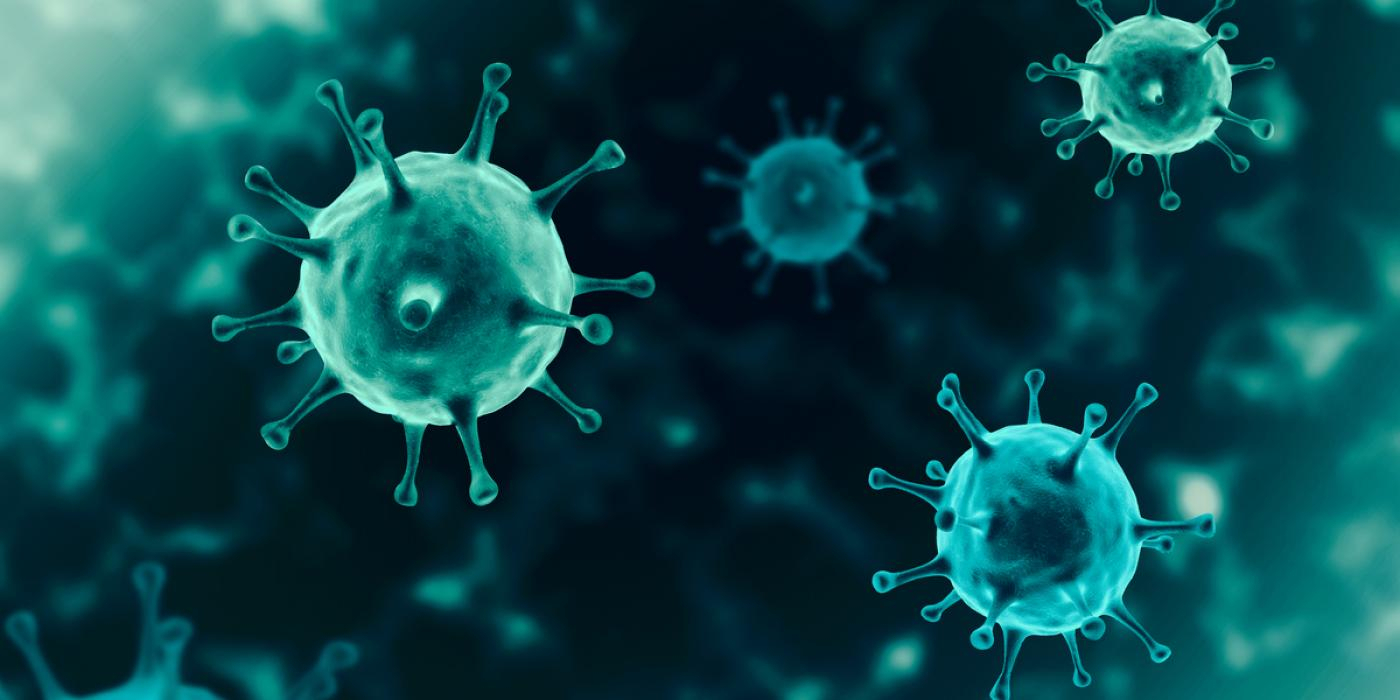How do you protect yourself against an unknown threat? This question is at the heart of the creation of Disease X – a completely hypothetical threat designed to potentially safeguard us against another global pandemic.
Others are reading now
The concept of Disease X has been discussed since 2017, but the battle against the COVID-19 pandemic has recently brought it back into the spotlight. In this article, we’ll explore what Disease X is and isn’t, and why this concept is increasingly being researched by the WHO and governments worldwide.
What is Disease X?
First and foremost, Disease X is a concept created by the World Health Organization (WHO). It emerged as a thought experiment that could help us anticipate and combat the potentially deadliest disease humanity might face in the coming years.
United States Secretary of Defense Donald Rumsfeld once said that there are known knowns, known unknowns, and unknown unknowns in the world. The concept of Disease X aims to help us predict potential unknown unknowns.
Can You Catch Disease X?
As a concept, Disease X is not something you can catch because it doesn’t actually exist. However, it’s assumed that a disease unknown to us today might exhibit some characteristics of the currently discussed Disease X.
Also read

Why Was Disease X “Created”?
The term Disease X (Disease X) was coined by the WHO. It serves as a placeholder for a pandemic pathogen that has yet to be characterized. Its purpose is to encourage proactive thinking about pathogens that could cause a pandemic.
In February 2018, Disease X was added to WHO’s updated list of diseases for which research and development should be an international priority. It is also a priority for research and development investments by CEPI.
What Characteristics Does Disease X Have?
The future pandemic could be caused by various viruses or bacteria, but Disease X must possess certain specific characteristics. Scientists worldwide are pondering a set of characteristics for this disease and its pathogen, which on one hand is possible, and on the other seems unpredictable, non-obvious, and of course, deadly. Predicting the unpredictable is, obviously, very challenging, and researchers are aware that Disease X can at best be more or less similar to the real future pandemic.
Disease X spreads through breathing because it’s the most effective way to disseminate a pathogen. Infection through ordinary conversation is a significant problem for healthcare, as shown by COVID-19. Only a true lockdown is a way to halt a pandemic in this case. Scientists also predict that the next pandemic will be caused by a virus, not a bacterium or fungus. It’s also assumed that, like SARS-CoV-2, it will be an animal virus that eventually transfers to humans.

What is Considered a Candidate for Disease X?
Considering the above assumptions, the development of many animal diseases and possible mutations of the viruses causing them are currently being monitored worldwide. One of them is a strain of bird flu that is currently spreading around the world. There have been cases where this virus has transferred from birds to mammals, almost immediately causing mass die-offs. Bird flu was identified, among other things, as the cause of death of 17,000 (sic) young sea lions in Argentina in October 2023.
However, scientists have other suspects. Among them is the long-feared Ebola, which occasionally appears in the media due to an increase in infections and deaths. A future mutation of Ebola with pandemic potential could be more dangerous than COVID-19. Another constantly monitored disease is Zika, carried by mosquitoes, which can cause fetal deformities if infection occurs during pregnancy.
When Might Disease X Appear?
Even now. Research published in 2022 showed that the risk of a pandemic with effects similar to COVID-19 is about 1 in 50 (2%) each year. This risk may decrease in some areas after previous pandemics – when additional precautions were implemented, people took better care of hygiene, or acquired immunity by going through the disease. It is estimated that society is now more resistant to SARS and MERS thanks to the coronavirus.
Where Will Disease X Come From?
Scientists have “on radar” several points known as hotspots, where the risk of a pandemic is higher than in other regions of the world. In the case of Disease X, however, it’s difficult to speak of specific places. Indeed, there are areas with more interaction between humans and animals, and at the same time, greater biological and microbiological diversity. These are mainly areas in Asia, especially Southeast Asia, and Africa. However, it’s important to remember that the last pandemic before COVID-19, the H1N1 swine flu in 2009, originated in Mexico, which was not considered a high-risk area.

Will Disease X Cause the Next Pandemic?
It’s unknown whether the next pandemic will be caused by a disease with the characteristics of Disease X. Scientists are therefore preparing for one scenario, but it’s important to remember that in practice, a disease we are not currently afraid of, and which after mutations has the chance to become extremely dangerous, could escalate to a pandemic scale.
Can Disease X Be Stopped?
Disease X was “created” to give us the best chance of defense. WHO continuously updates the list of potential virus families with the highest potential to cause future pandemics. This allows scientists to gain an advantage in creating new protections, such as vaccines and developing new prevention and treatment methods that can be quickly adapted to combat a new viral disease. A major breakthrough is the development of mRNA vaccines, allowing new vaccines to be created in less than a year.
How to Protect Yourself from Disease X?
The COVID-19 pandemic revealed problems in national health systems, and this is primarily what we should focus on, as now is the time for prevention and preparation, not when a new pandemic has already become a fact. Individual countries need better early warning systems for new diseases, and both hospitals and clinics, as well as medical equipment manufacturers, must be better prepared for sudden and unexpected increases in demand. We all remember what happened with masks and disinfectants a few weeks after the coronavirus appeared in the country.
Another problem is convincing society that diseases are genuinely dangerous, and vaccine manufacturers do not have hidden agendas such as chipping people to take control over them. This sounds completely absurd, but we all know that such voices were raised during the last pandemic.


